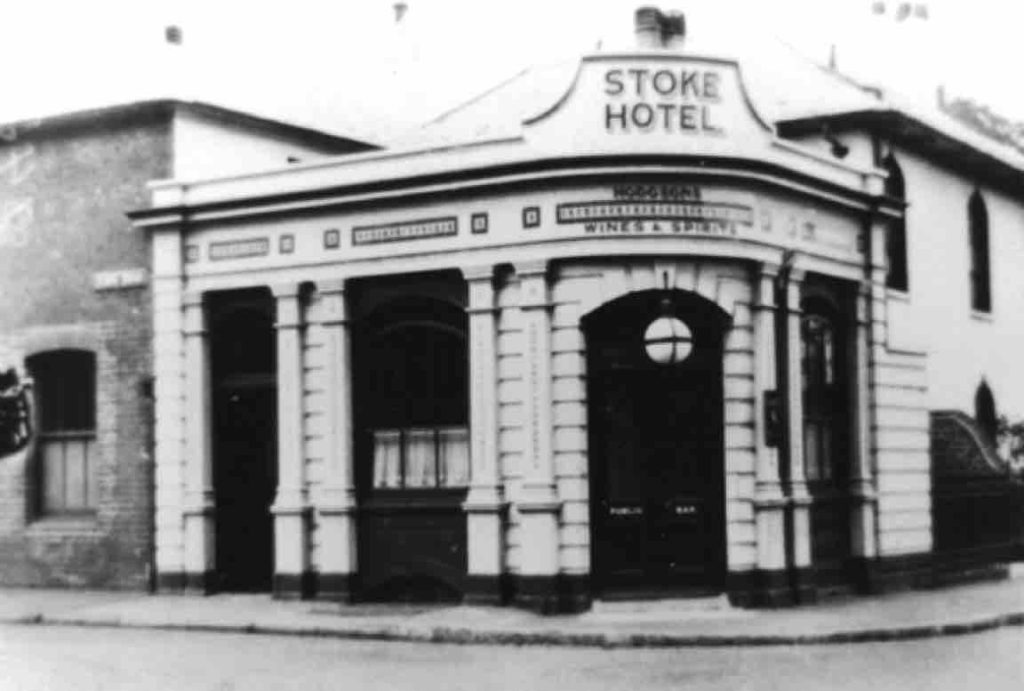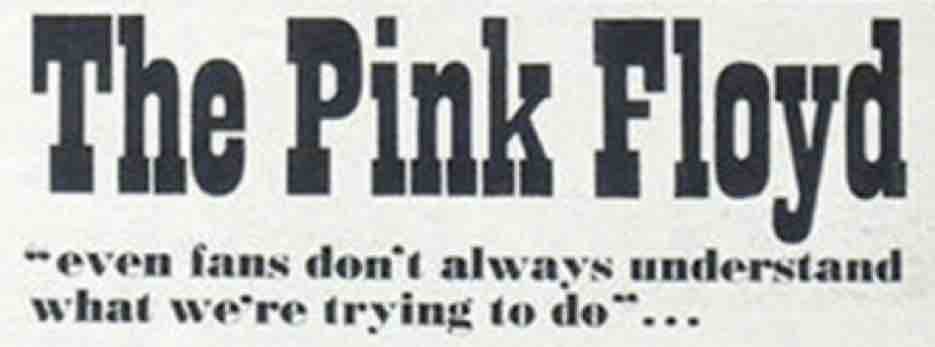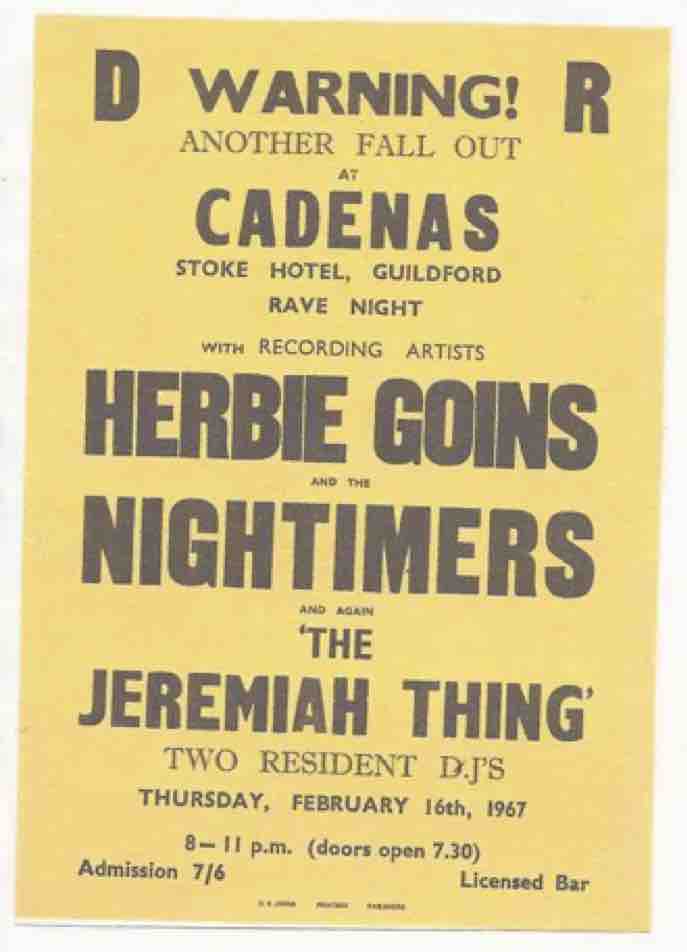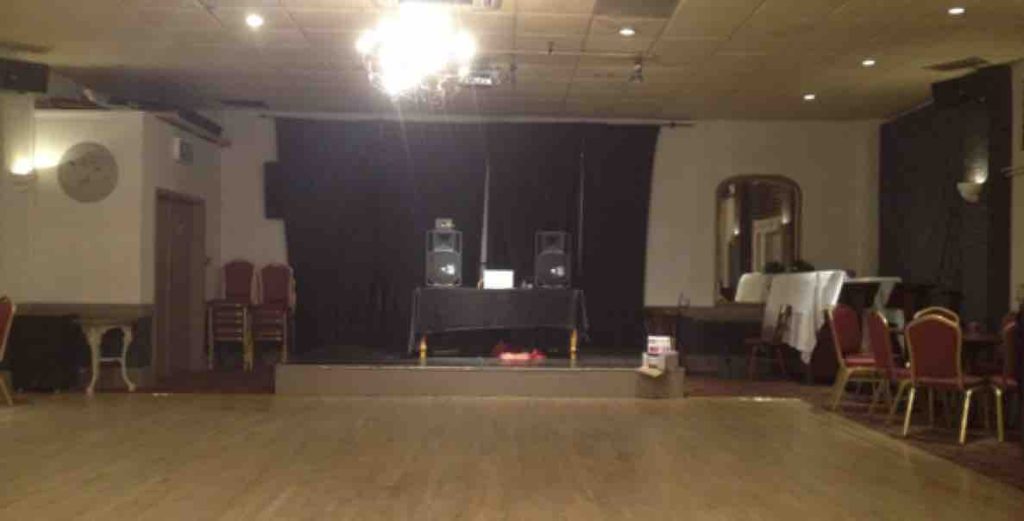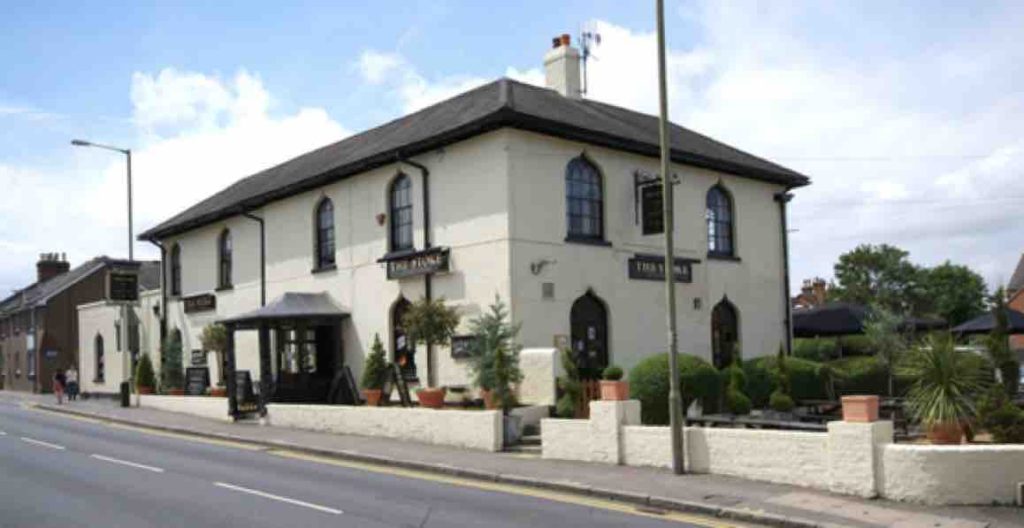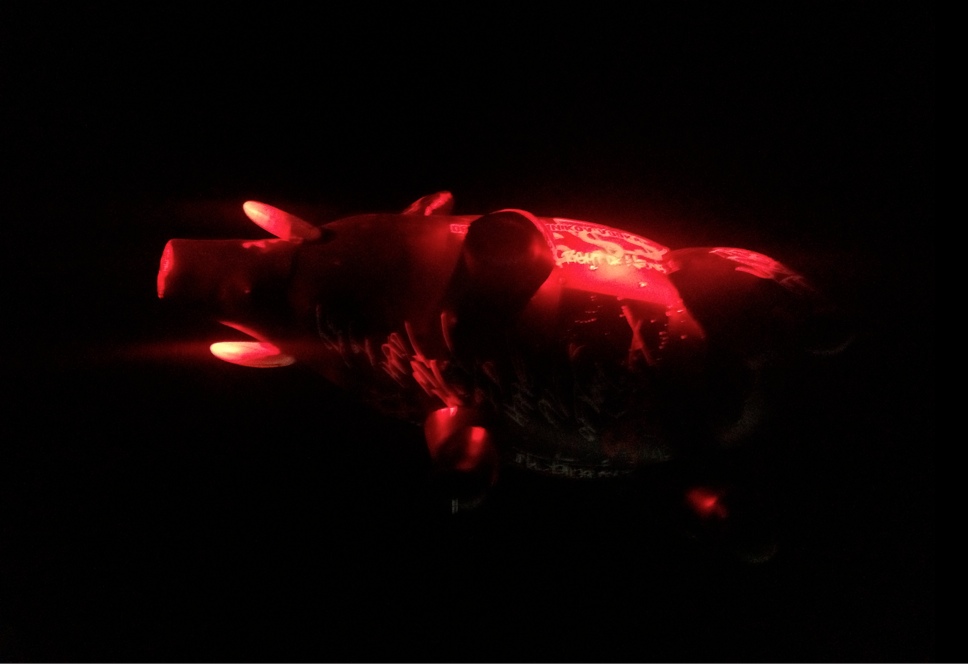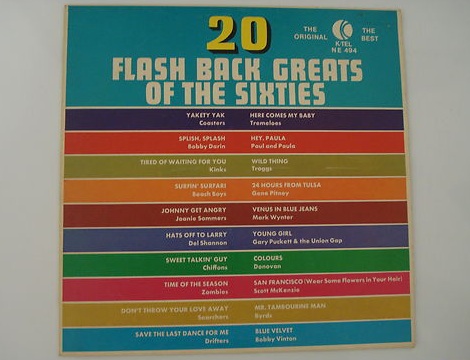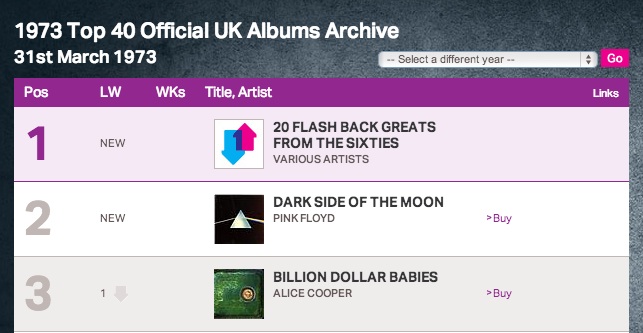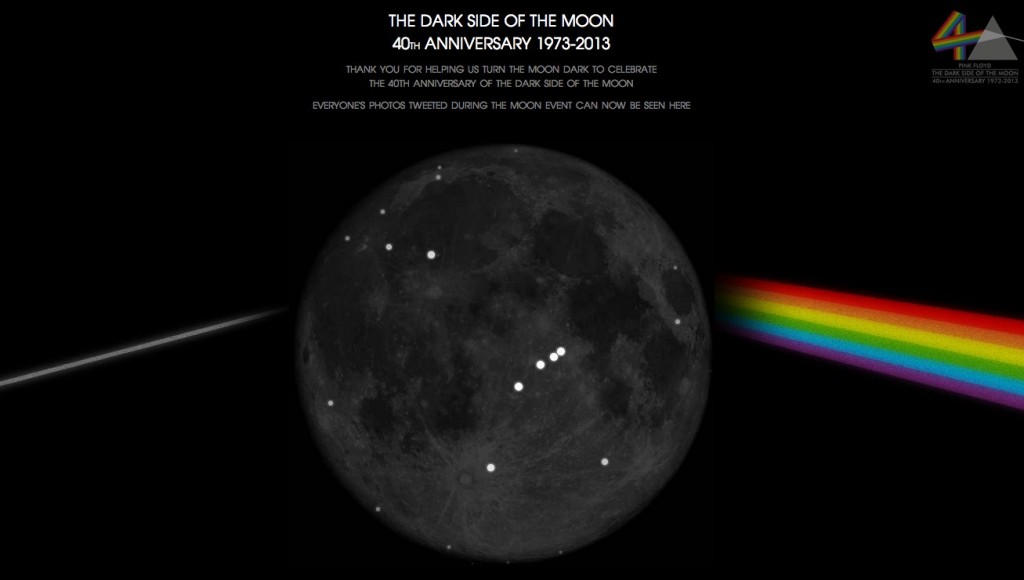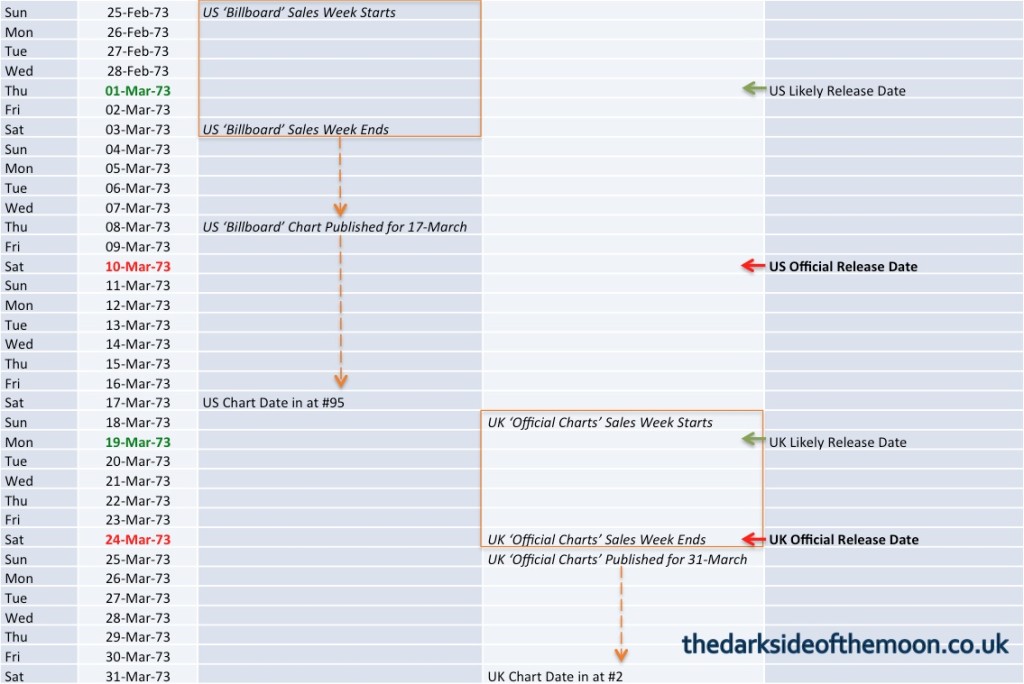For an ageing voice there’s a lot of it on Life. What does this say about Roger? It certainly makes this another commentary, this time more personal. Roger talks the intro, parts of his poem(s) appear, perhaps a bit out of place and knocking the momentum of this string of songs, not helped by a couple of missed segues (though a couple of crackers). If you want slick over real, then you might have an issue with the talking voice; there are issues with the singing voice, perhaps the reason Nigel makes sure you can’t hear it some of the time. (But think vintage, think Leonard Cohen.) There are (a good 4) obvious missed opportunities for guitar solos (perhaps the session guitarist didn’t show up and they made the album anyway), Nigel adding Radiohead string riffs as a glue in parts. A lot of Nigel in here, perhaps more evident in what he doesn’t let Roger do. However trademark bass lines are here though, as are key changes, and the clever lyrics, and the plethora of references (even “steel rail”).
Indeed while the words talk you into this album, with some fabulous memorable lines (a masterclass in lyrics), it is better when the music does the talking (and better for not being an Israel or Trump onslaught, relative to the live shows). There’s a lyrical quality benefiting from 25 years of pent up emotion. At times this albums spurts, like someone who’s not let off in a long long time, with some sticky parts that really fly at you. High on raw sentiment and climax, it can be tricky to swallow and digest in places (but sometimes great work isn’t great upon first listen, Radiohead for example). It’s a rough lover that goes on to exhibit tender kindness; if you get over the squeezing bear hug this album gives you it can turn into a firm familiar embrace. Arguably the most personal Waters work yet, more self-reflective than autobiographical.
A true joy is Picture That for sheer impact. For rhythm, Bird has a Floydian drive to it (arguably the track Dave would have co-written); both could be from The Wall, and by definition are possibly that good. ITTLWRW is the low mid point, as much by the arrangement than the song itself (if cruel one could say it wouldn’t be out of place on Nick Mason’s Fictitious Sports), but after a number of plays of the whole record it conversely becomes the questioning high (hence the album name), the manure from which the rest grows, or more correctly spawns in a more connected way: from the line “Every time a student is run over by a tank” the work seems to don a Floydian coat of many album colours (not a gestapo coat). Wait was the track I found myself humming afterwards, the most simple tune here (with a melody even Gilmour fans could approve of). Smell is much better in context of the whole.
As a piece there is a theme of sorts but in two phases: first Roger talking amongst produced songs, followed by fewer sound effects between more musical flow. At times it resembles the Wall demo (I can hear Dave saying “excruciating but a real gem in there”), with the second half’s DNA from The Final Cut and Amused To Death. Nigel has brought a freshness, but sounding as though he worked on each song carefully in isolation. As such Deja Vu and Smell are good but not my favourites, slightly over contrived, and Refugee, whilst lovely, is slightly out of place and not as natural as it could be. There’s a vibrancy to each track that almost masks the thematic story springing to life; there is a flow but perhaps less atmosphere. The first phase feels a little over engineered (Deja Vu and Picture That are arguably better live, with more natural surge), but for over engineered you could easily read ‘Nigel makes Roger modern’. Floyd purists will consider the words as topical and relevant as ever. It’s a photo album of snapshots of Roger’s last 40 years; sound bites from which you make a story, presented in a Goldrich digital picture frame.
Roger doesn’t do love nor jolly, thank God (even if he’s self-declared happy). Instead there’s a solidity, a whack you get from a heavy red and steak dinner but served in the form of a tasting menu. Lyrical gravity grabs you as ever, included in the Waters-esque car crash ‘can’t take your ears off it’ package, whether you like it all or not. It’s Waters marmite. The first half has better songs; second half is the better half (the whole being better than the pre-released songs), together the usual hard hitting Waters’ rant culminating in the now classic ‘list finale’. Then where the very end teases, it has an air of being unfinished… perhaps this is just the first half. (There are arguably 8 or 9 tracks here, not the listed 12; I get the sense it was too little for a double album, and no one does these anymore, and too much for a single record.) Crystal Clears Brooks didn’t fit this cut (perhaps too similar to Broken Bones) though could still feature in a potential second half of the album. (Let a Floyd fan dream.) From the wealth of material from whence this came, maybe a reciprocal side of fragments will follow, equally topical as ‘Life 2′. If this explains Nigel’s trimming then it’s even more positive and another 54 mins could complement this album well, else some Floydians might feel a bit cheated by this set of songs alone.
In a way it’s KAOS grown up, divorced, suffered Trump as its president for 30 years, and crawled out the other end. There’s not the charm or fruit of Pros & Cons, instead the concentrated flavour of an Amused reduction (boiled down, 20 mins shorter, so you can’t wallow in it in the same way) provides Life’s strong taste, and that’s what Roger is saying (nay spitting) in this bleak verdict on modern life, seasoned with the (usual and necessary) uplifting hints of optimism. And for all its topical relevancy it is ultimately anchored in humanitarian personal connection. For all the bitterness this record bleeds it’s all about, and more about, people, with a particular personal kindness not seen from Roger before.
If after 25 years you want quality and not surprises, you got it; if you can forgive Roger his angry indulgences, you love it. Tasty in any Floyd tongue, its music to Floyd ears. For everyone it’s probably therapeutic we’re left with a stark review of our world to keep us in check as to what is right in life and want we really want.

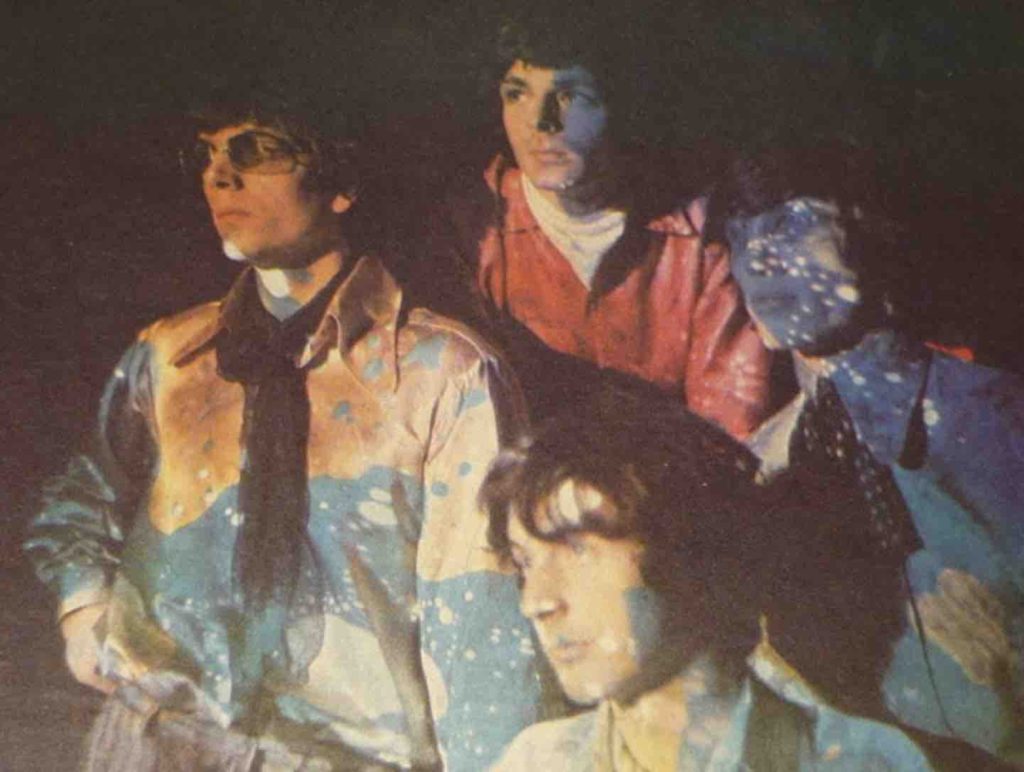 Pink Floyd, shone with lights, from the Record Mirror 25th March 1967
Pink Floyd, shone with lights, from the Record Mirror 25th March 1967